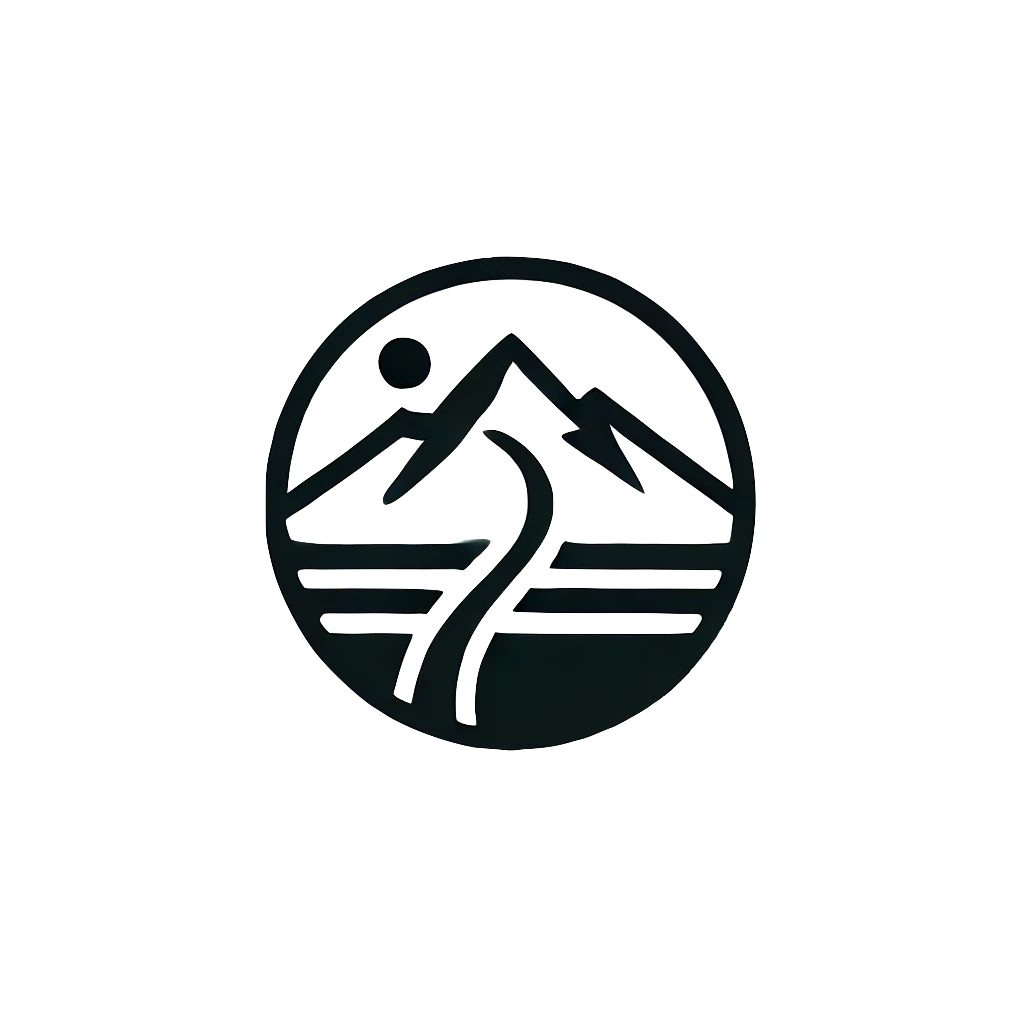SYSTEM — A Better Way to Train When Life Gets in the Way
What I want to build is not just a training plan, but a system. A system made of clear, flexible, modular components—strategies, tactics, and templates—that let you build athletic readiness day by day. Whether you’re training for a specific event, or simply want to stay healthy, strong, and capable of action, this approach adapts to real life.
It’s not designed for people who have all day to train, film content, and chase growth for the algorithm. It’s for people like me—working fathers, with full calendars and a body that’s no longer twenty. A system that works even when things fall apart.
Because they do fall apart. You catch a cold. A minor injury shows up. Logistics change. The schedule crumbles. Classic 12-week cookie-cutter programs can’t handle that. They assume you’ll follow every step exactly or it’s game over.
The goal of this system is different: to create a broad library of simplified, well-designed training modules you can always pull from. A session that builds base fitness. A minimal workout to maintain strength. A light set to support recovery or rehab. A complete workout done in 20 minutes because that’s all you had time for.
And when life allows? These same modules, structured under the right rules, can become a proper training plan. Periodized. Targeted. Built to peak for a race, an event, or just a personal milestone.
Each part fits into the larger whole: blocks for base building, strength cycles, power development, recovery work, mobility flows, running and swim sessions—everything designed with synergy in mind. There’s a logic behind it, rooted in proven methods of progression, adaptation, and consistency. But it’s flexible enough that if your Tuesday falls apart, you’re not mentally crushed because Wednesday is already lined up with a fallback plan that still makes sense.
You’ll understand why each exercise is there, when to push, when to hold back, and how the warm-ups, cooldowns, and mobility drills feed into the bigger picture. It’s training built with purpose, but also with compassion—for people who want to stay in shape, but can’t treat fitness like a full-time job.
Do you need a PhD to apply all this? No.
Can any amateur figure it out alone? Honestly—no.
That’s why I’m building this system.
Not another “program.” A system.
Designed to flex.
To support.
To last.
